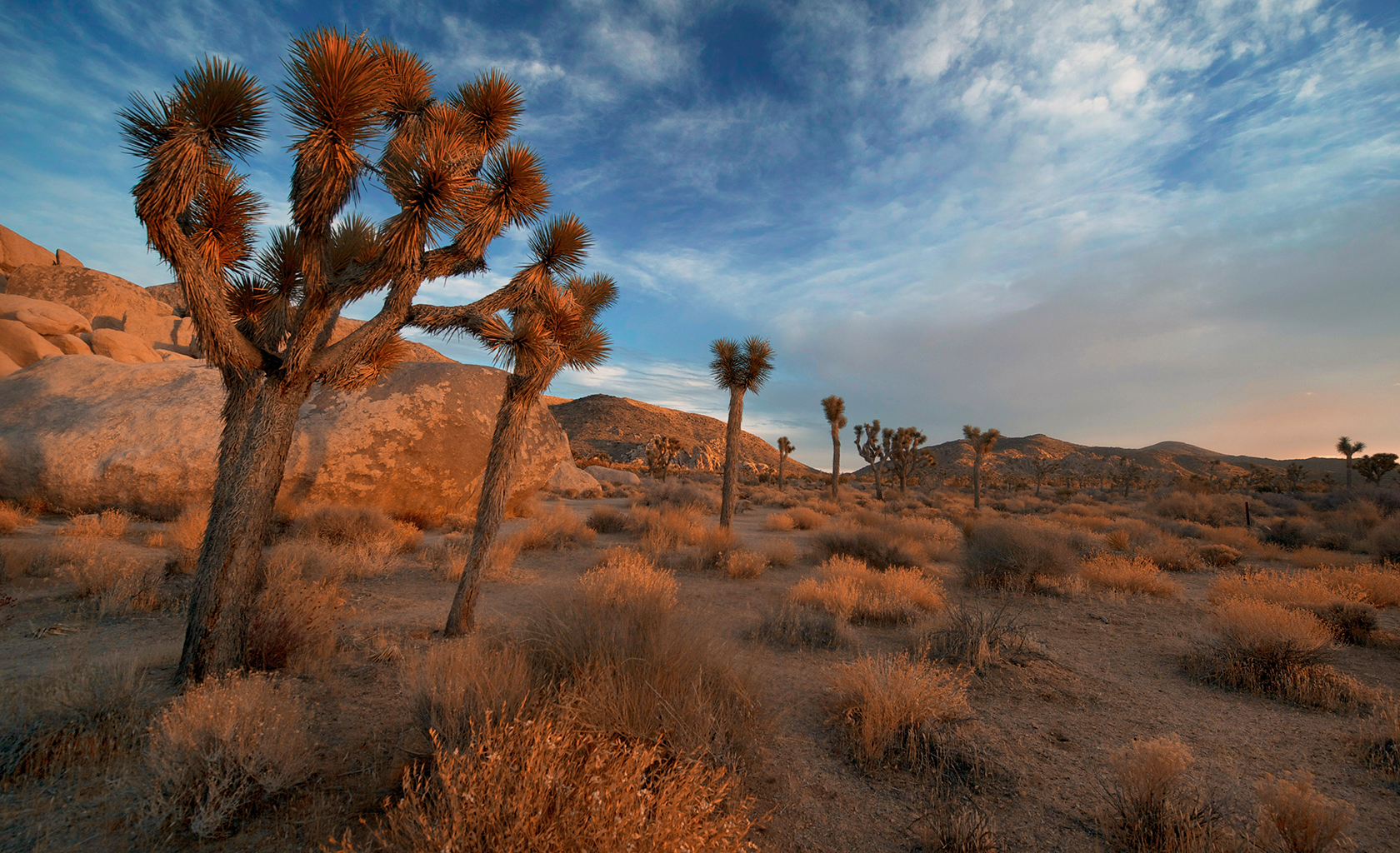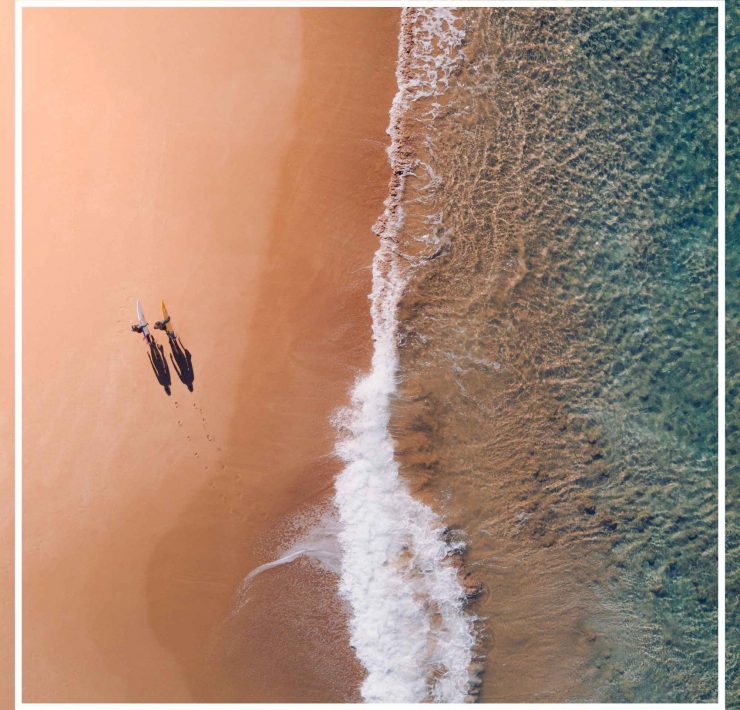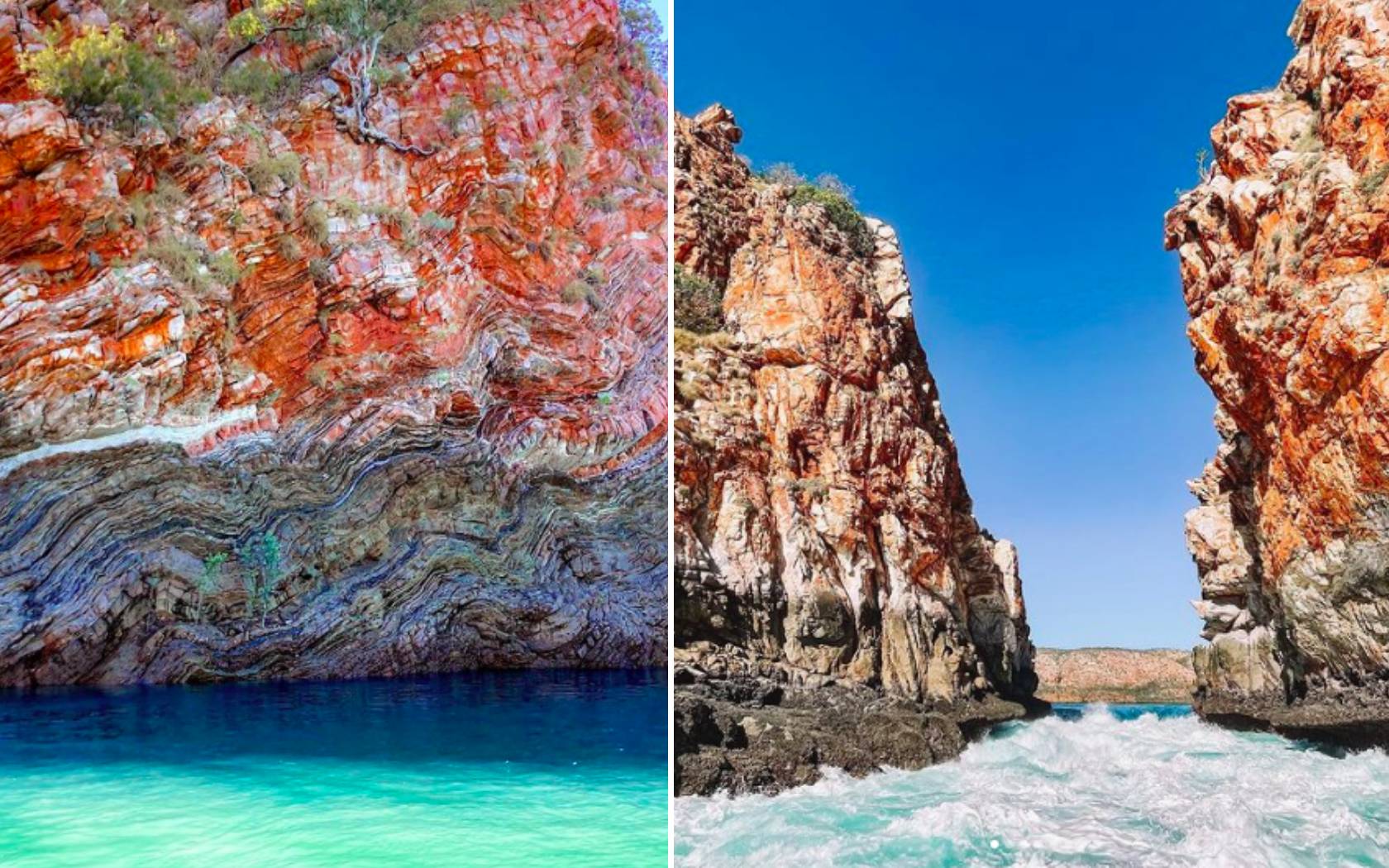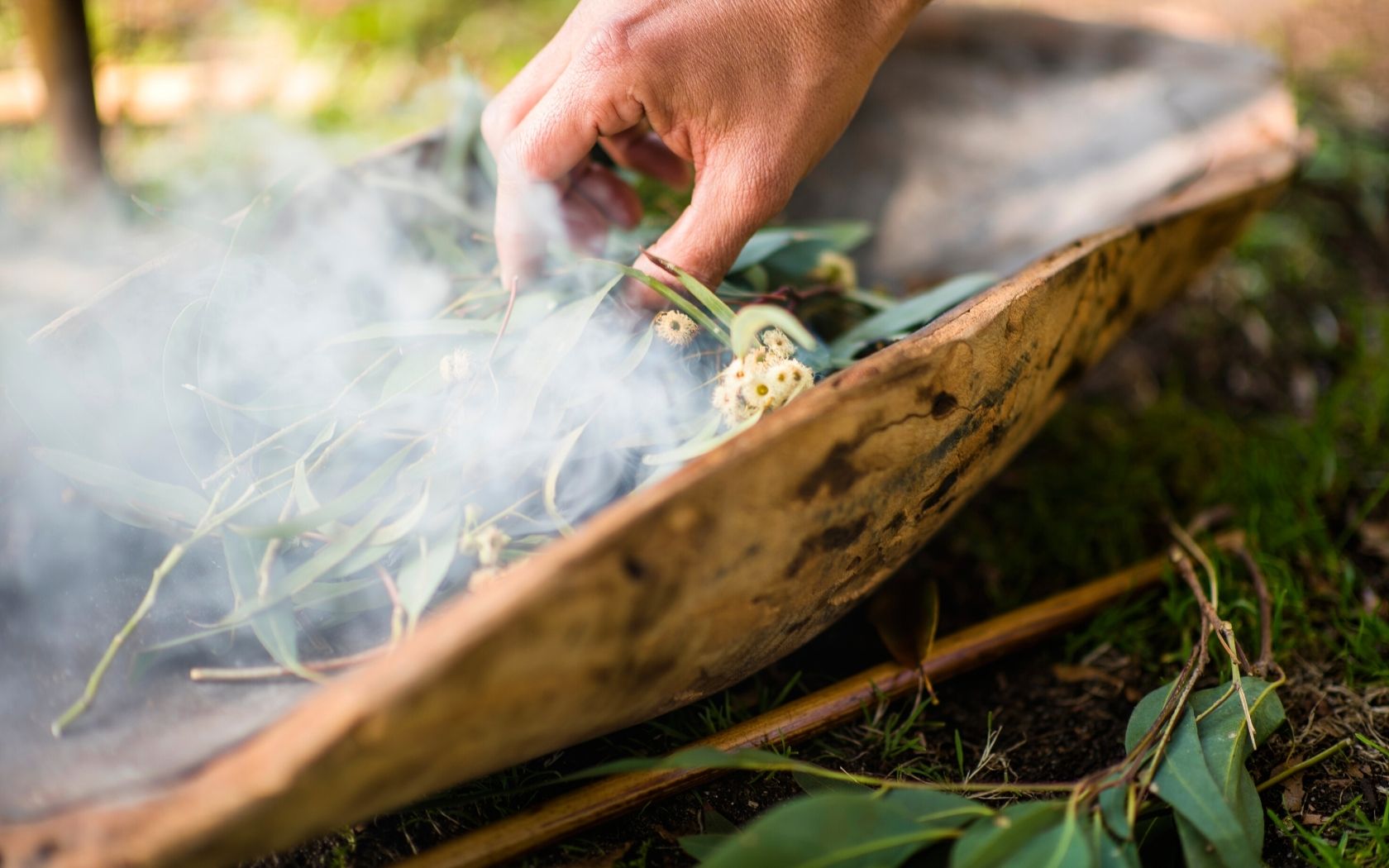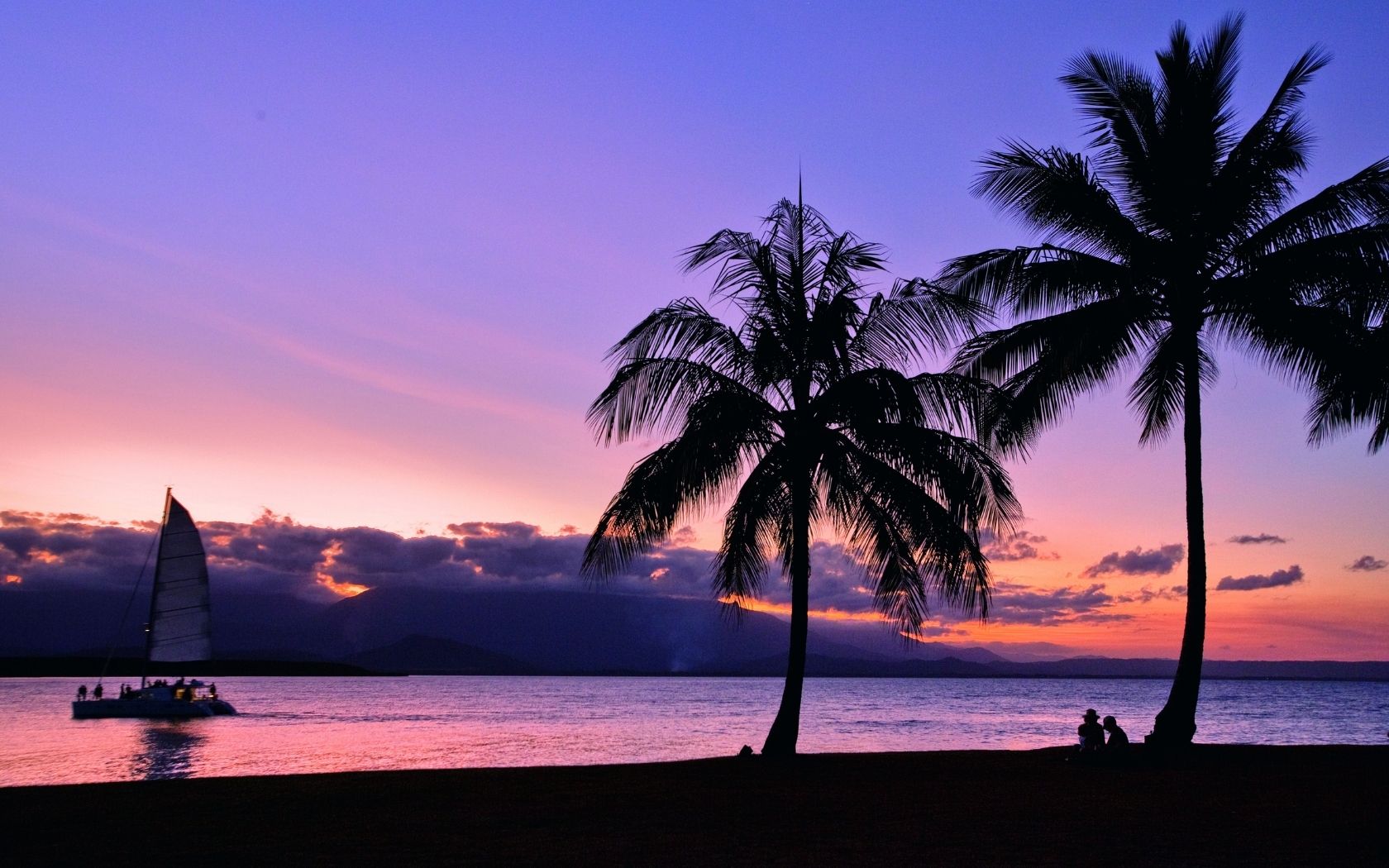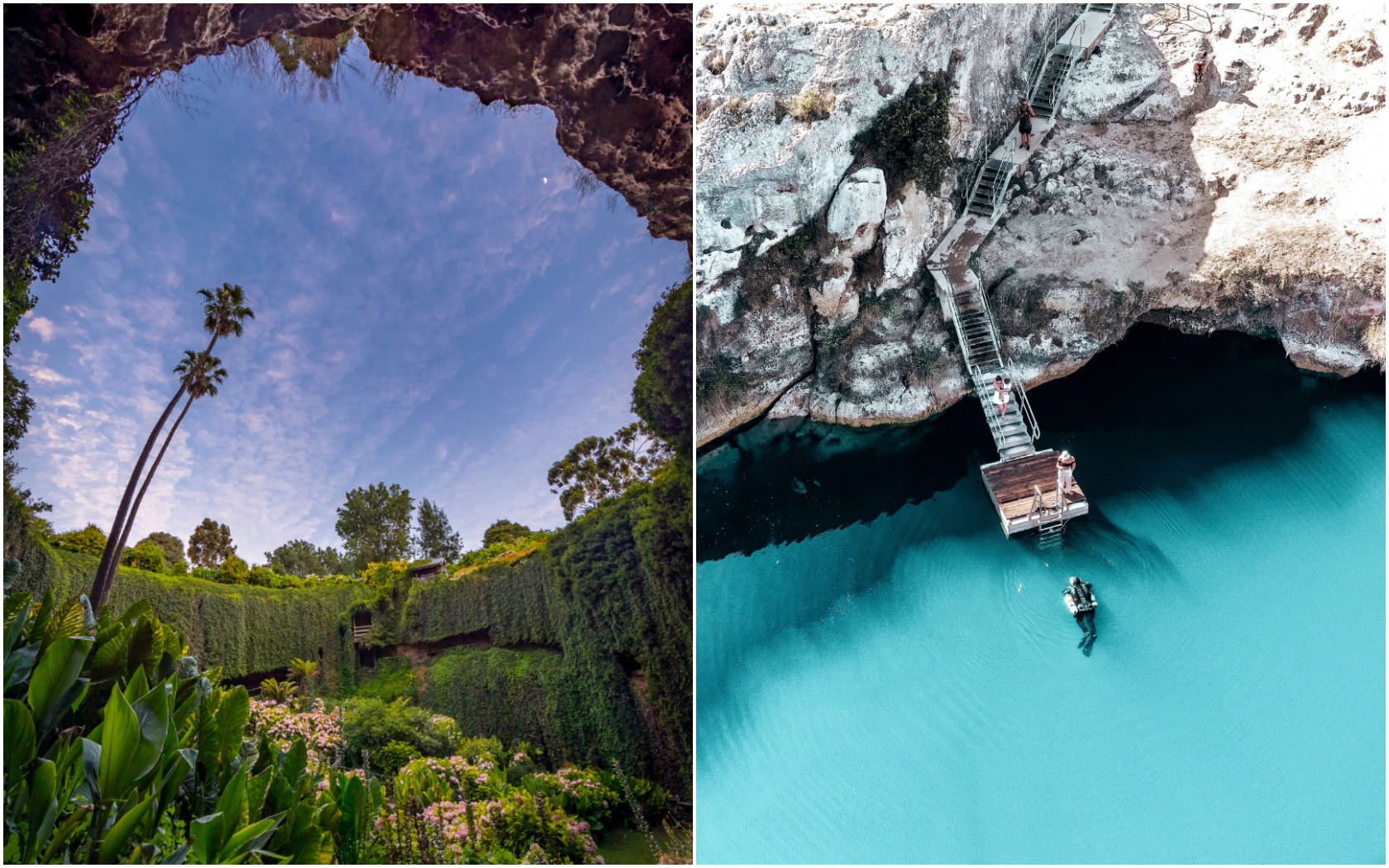This Daintree Dreamtime Tour Will Change How You See The Rainforest
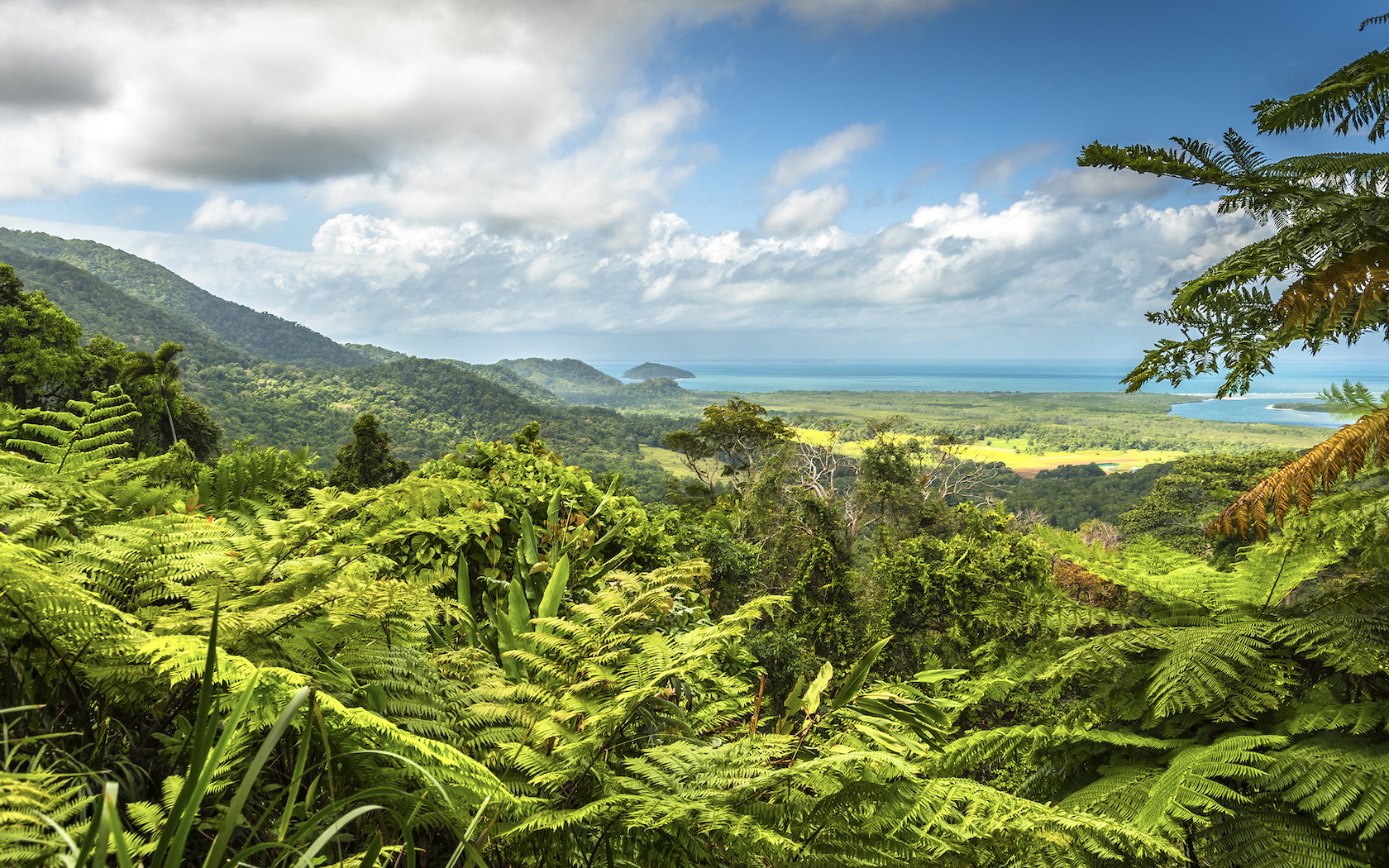
Kate Hennessy is a Walkley Award-winning journalist writing about the…
Mossman Gorge is an hour north of Cairns. It’s in the southern part of the world’s oldest rainforest, the Daintree. I cringe when people say “Australia has no old things”. Yeah, it really does. They’re just not – like what many of those people are thinking – built structures (or ruins of them) like in Europe.
[related_articles]70872,32835[/related_articles]The dreamtime walk at Mossman Gorge with a Kuku Yalanji guide may change your perspective on Australia’s Wet Tropics rainforest for good.
How old is old?
The Daintree rainforest is about 180 million years old, predating the Amazon by about 100 million years. It’s a pristine pocket of original Gondwanaland rainforest that both looks and smells incredible. Locals say their skin feels silky soft after a Mossman River dip, due to the water’s minerals.
Once, when Australia was warm, humid and wet, rainforest thrived even in places such as Uluru. It disappeared as the continent got hotter and drier and the Daintree became one of its last refuges.
Loads of species here had no need to evolve. Twelve of earth’s 19 primitive flowering plant families, for example, grow in this 1200 square kilometres of World Heritage-listed rainforest. These ancient plants are called Green Dinosaurs and grow amid a huge diversity of plants. In one hectare you can find up to 150 different types of trees. Which, yes, is a lot.
“Mother Earth is the boss of us”

Our guide, Skip, is a Kuku Yalanji man with glossy curls, a wicked laugh and charisma for days. The walks are called Ngadiku (stories from a long time ago) and Skip tells them with humour and passion.
“Mother Earth is the boss of us,” he says “We don’t own this land; it is our supermarket, our chemist and at university all in one. And if we want a higher education, we go to the elders.
[related_articles]39963,63896[/related_articles]After a smoking ceremony to ward off bad spirits, he tells us the Kuku Yalanji tribe is one of the only ones covering three geographies. “We come from the highland, the coast and the rainforest. My great grandma was born under the Daintree waterfall.” Statements like this fill you with quiet awe.
We might see a musky rat kangaroo, he says; a primitive kangaroo thought to be relatively unchanged for 20 million years.
Multipurpose plants
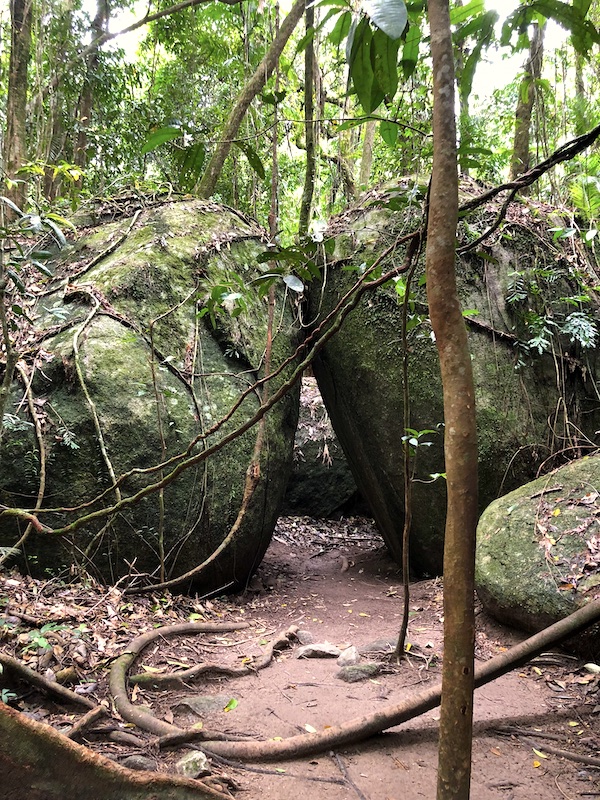
Skip grabs a looping vine they call ‘wait a while’. The vine can be as long as 500 meters and has thorny leaves and barbed tendrils that latch easily into clothing or skin – hence its nickname. You would not want to be wandering through this rainforest at night, I think.
The wait a while was very useful to Skip’s ancestors. First, as a source for drinking water and second, for weaving, tying and supporting shelters. The leaves made a waterproof roof.
[related_articles]62493,37067[/related_articles]Later, in a creek, he mashes some leaves into an easy froth: “bush soap”. It smells like denko rub and keeps the mosquitoes away too. We see a nut that women once roasted, soaked and ground to make bread; while the men used its toxic properties to drug and catch fish.
“As babies our old people made us eat the dirt,” Skip says. “I thought it was punishment but the minerals in the soil are good for our immune systems. Everything in that rainforest soil, we don’t catch it.”
Back from the brink
In the 1870s, a Scotsman, Dalrymple, saw the Kuku Yalanji people paddling in dugout canoes. He asked how they were made and was shown the red cedar tree. The ancient trees were felled at a rate that saw 99.9 percent gone in 25 years.
“They were easy to find,” says Skip. “They were high so you could see them from a long way away.”
We stand before a 200 year-old red cedar now, though, that was missed by tree loppers. As well as using its wood for canoes, the Kuku Yalanji people used its buttress roots for shields and boomerangs.
Skip bangs the root with a stick and the noise booms through the vegetation. “If we were sick or wounded, we’d find one of these and get the tribe’s attention,” he says.
Jungle perils
Skip shows us some weedy-looking stinging nettle. Its hooks inject you with four different toxins. “They’ve been studying them since the 1970s,” he says. “Three they know but not the final one yet.”
Growing nearby is a plant with roots they’d grind into a wax to draw out the fibreglass-like hooks. Still, the sting is hard to forget, assures Skip. “It’s like a goanna bite. The pain can come back, months or years later, at the same time of year as when it got you.”
[related_articles]70696,59204[/related_articles]After the walk is done, try some bush tucker at Mayi Café at the visitor’s centre, including foods made from native nutmeg, macadamia nuts, lemon myrtle and lemon aspen, as well as homemade damper and honey.
Ngadiku dreamtime walks cost $78 for adults. Peak season is June to August as well as school holidays, so aim to book in advance on the website. The walks are 1.5 hours long and depart daily at 10am, 11am, 12pm, 1pm and 3pm.
[qantas_widget code=CNS]Check out Qantas flights to Cairns to begin your next adventure.[/qantas_widget](Lead image: Shutterstock)
Kate Hennessy is a Walkley Award-winning journalist writing about the arts, music and travel. She'll always choose desert over beach. She instagrams @the_smallest_room.


